Politics
hope for peace on Afghan-Pakistan border
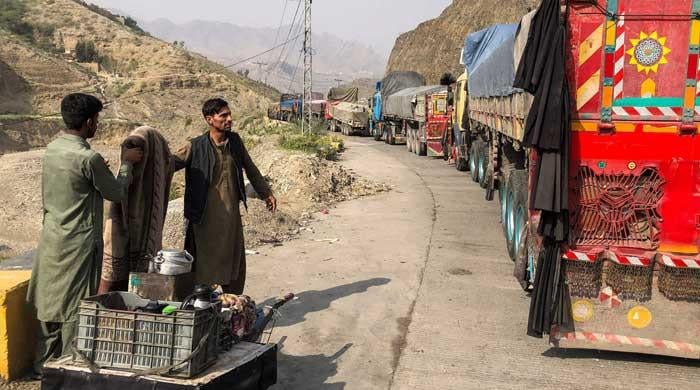
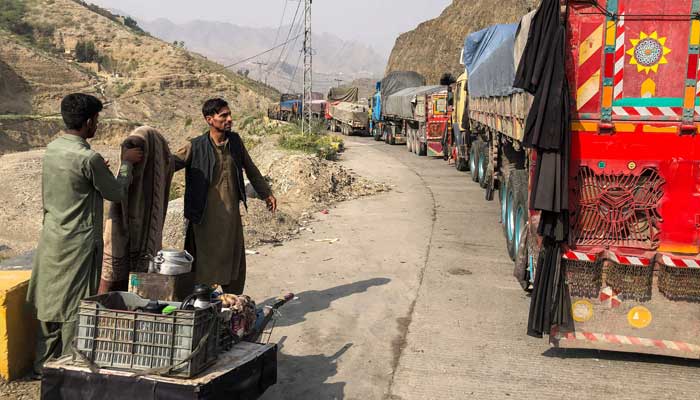
After a week of violence, residents on the frontier between Afghanistan and Pakistan are hoping a new ceasefire deal will end the clashes and revive crucial cross-border trade.
While the crossings remain closed, life has regained a semblance of normality, with bakers kneading bread, fruit and vegetable sellers wheeling out their carts, and customers frequenting shops.
“People can breathe and feel relieved. (But) before that, gunfire damaged a few houses in our village,” said Sadiq Shah, 56, a shopkeeper from Baizai on the Pakistani side.
Fighting between Afghanistan and Pakistan broke out after explosions in Kabul on October 9.
The Taliban government blamed the blasts on its neighbour and launched a retaliatory border offensive, prompting Islamabad to vow a strong response.
After further clashes left soldiers and civilians dead, the two sides declared an initial 48-hour ceasefire on Wednesday.
New Pakistani strikes hit Afghanistan on Friday, with Islamabad saying it was targeting armed groups that the Taliban harbours and allows to launch attacks on Pakistani territory.
The two sides approved a second ceasefire on Sunday, to the relief of many along the border.
“It’s incredible: both sides are Muslim, (ethnic) Pashtuns, so why fight?” said Shah.
“Previously, trade with Afghanistan went through here, and now we’re shooting at each other. What country does that?”
‘Losing money’
The border only opened temporarily this week to admit Afghan migrants expelled by Pakistan under a campaign that it launched back in 2023.
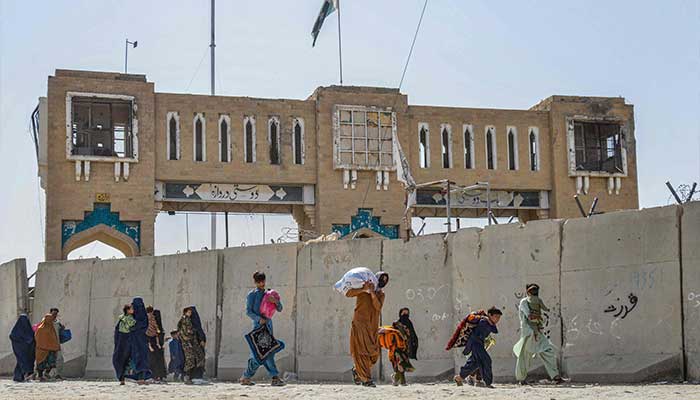
In the Pakistani town of Torkham, a normally busy crossing point into the Afghan province of Nangarhar, stranded drivers bought tea from a vendor as they waited in colourful trucks.
More than 1,500 trucks, trailers and containers carrying cement, medicines, rice and other basic goods are waiting in Torkham, according to a senior Pakistani customs official in nearby Peshawar.
Abdul Rahman Habib, spokesman for the Taliban’s economy ministry, said fruit and vegetables were rotting as they awaited export to Pakistan.
“Businessmen are losing money,” he said, without giving an estimate of the damages.
Habib warned that if this situation persisted, “it could increase prices and unemployment, and destabilise markets”.
“Trade relations should be separate from political issues,” he told AFP.
After the peace talks in Doha, Qatar’s foreign ministry said the ceasefire deal provides for “the establishment of mechanisms to consolidate lasting peace”, but their details have not been disclosed.
Niaz Mohammed Akhund, a 39-year-old car salesman in Spin Boldak, an Afghan town where fighting flared last week, said “people here are very happy with the ceasefire”.
“(They) have no farmland or other source of income — everyone depends on cross-border trade, on both sides,” he said.
Nematullah, a 24-year-old vendor, also told AFP he hoped “this problem won’t resurface”.
Across the road on the Pakistani side, market worker Imran Khan called on the two countries to establish a “mechanism to end these conflicts and to start treating each other like brothers”.
Politics
Mexico flood toll rises to 76, many still missing
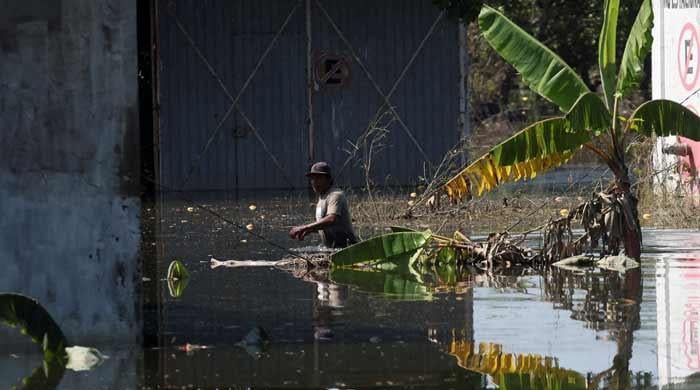
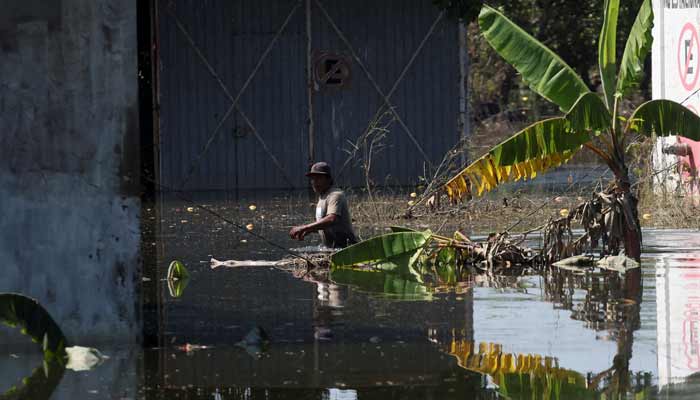
Mexico’s government said on Monday that 76 people had died in catastrophic floods and mudslides that hit the country’s centre and east this month, with another 27 still officially listed as missing.
Nearly 120 communities remained isolated with roads and highways blocked or destroyed, according to a report presented during a press conference by President Claudia Sheinbaum.
“The emergency response […] is not over yet; we are still working,” Sheinbaum told reporters, and announced aid totaling 10 billion pesos (about $544 million) for some 100,000 families affected by the calamity.
The central state of Hidalgo had the most blocked off municipalities at 65, many of them in mountainous regions where access routes were damaged by landslides.
Veracruz, along the Gulf of Mexico in the country’s east, was in turn hardest hit by flooding.
More than 12,700 soldiers are still on the ground to deliver aid and otherwise assist affected communities, the government said.
Heavy rains often occur during Mexico’s wet season from May to October, but last week’s downpours were made more dangerous by the combination of a tropical system from the Gulf of Mexico and a cold front from the north, according to meteorologists.
Politics
EU in ‘contact’ with Taliban on Afghan migrant returns
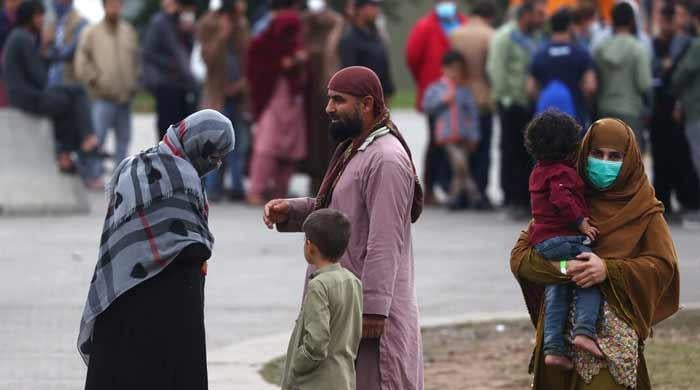
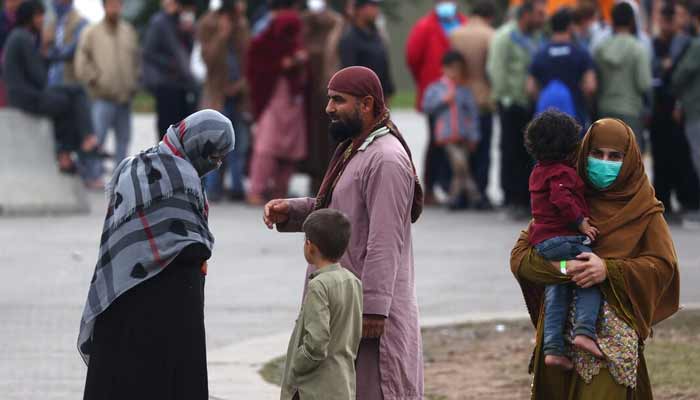
- Belgium-led letter urges coordinated EU action on Afghan returns.
- 20 EU nations demand steps for voluntary, forced repatriations.
- Brussels says engagement doesn’t confer legitimacy to Taliban.
The European Union on Monday said it has “initiated exploratory contacts” with the Taliban regime in Afghanistan as member states push to boost deportations of failed asylum seekers.
The admission, which is likely to raise hackles given the Taliban’s poor rights record and diplomatic standing, comes after a majority of EU nations urged Brussels to reach out to Kabul to boost expulsions.
The European Commission is working to ensure coordination among member states, Markus Lammert, a spokesman for the EU’s executive, told a press conference in Brussels.
“Earlier this year, we have initiated exploratory contacts at technical level with the de-facto authorities in Afghanistan,” he said.
The Taliban have been largely isolated on the global stage since they imposed a strict law upon returning to power in 2021, following the withdrawal of US-led forces.
But in a letter initiated by Belgium, 20 EU member states called on the commission to take action to enable both voluntary and forced returns of Afghans with no right to stay.
“We are unable to return irregular Afghan nationals, even after a conviction,” Belgian migration minister Anneleen Van Bossuyt said in a statement.
“This undermines public trust in asylum policy and affects our collective security. It is time for Europe to act together.”
The text was signed among others by Austria, Germany, Greece, Italy, The Netherlands, Norway, Poland and Sweden.
Most are members of a club of EU immigration hawks that is clamouring for a broader clampdown on migration following a souring of public opinion that has fuelled hard-right electoral gains across the bloc.
Deportations — or the lack thereof — have been a common gripe, as fewer than 20 of people ordered to leave the bloc are currently returned to their country of origin, according to EU data.
Sweden’s migration minister Johan Forssell told AFP in an interview last week that EU members could pool resources to repatriate Afghans.
“There could be joint planes to Afghanistan,” he said, adding an EU team had been holding technical discussions in Kabul.
“We need to find common solutions here,” Forssell added.
The EU has maintained a diplomatic presence in the country but contacts have been limited to certain areas, including humanitarian assistance.
Brussels’ diplomatic service stresses on its website that the engagement “does not bestow any legitimacy” to the Taliban government, which has been criticised for its repressive measures.
Afghan women in particular can no longer practice many professions or travel without a male chaperone, and are banned from studying after the age of 12, walking in parks or going to gyms.
Politics
latest in string of museum heists
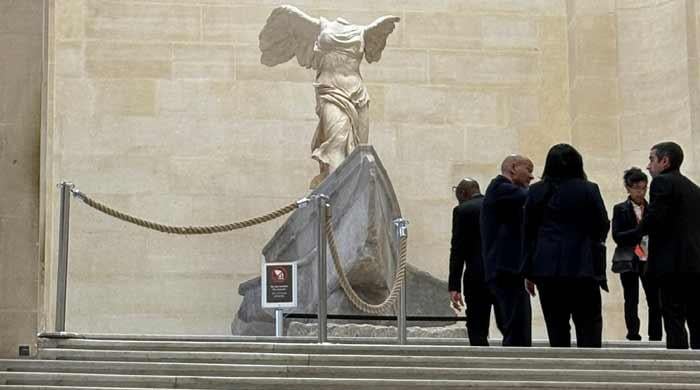
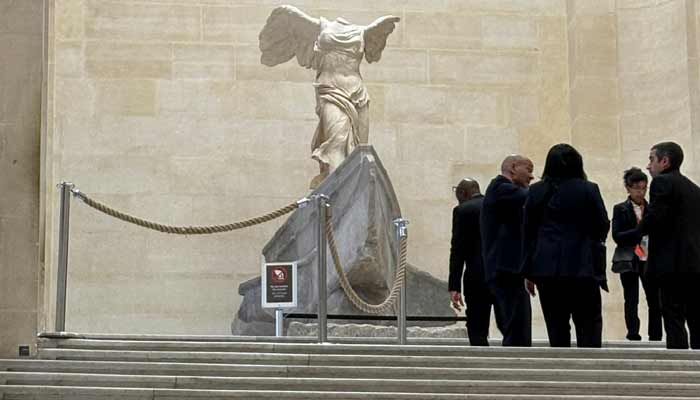
The heist at the Louvre in Paris on Sunday is the latest major robbery of artworks and precious objects from museums.
Here are some precedents:
The Mona Lisa, The Louvre
The Louvre, the world’s most visited art museum, has been targeted more than once over the years.
The most audacious incident was the theft of Leonardo de Vinci’s iconic “Mona Lisa” on August 21, 1911.
Suspicion initially fell on poet Guillaume Apollinaire and artist Pablo Picasso.
But the culprit turned out to be an Italian glazier who had helped frame the museum’s paintings and knew his way round the building.
Glazier Vincenzo Perugia hid the Renaissance masterpiece in his Paris home for two years before trying to sell the portrait to a Florentine dealer.
The risky venture backfired. The dealer raised the alarm and Vincenzo was jailed for seven months.
Montreal Museum of Fine Arts
In the early hours of September 4, 1972— Canada’s Labour Day holiday — three masked robbers armed with machine guns and rifles took advantage of building repair work to slip into the Montreal Museum of Fine Arts via a skylight.
The skylight was usually secured by an alarm, but that had been deactivated while the roof was being mended.
The thieves made off with 18 invaluable paintings and around 40 items of jewellery and precious objects worth a total of two million dollars at the time. Their value has skyrocketed since.
The works stolen during the Skylight Caper included paintings attributed to 17th-century Flemish masters Rembrandt, Brueghel the Elder and Rubens, and 19th-century French Romantics Corot and Delacroix.
Only one painting and one piece of jewellery are thought to have been recovered.
Boston’s Gardner Museum
Early on the morning of March 18, 1990, two men disguised as police officers tricked staff at the Isabella Stewart Gardner Museum in Boston and walked off with 13 works by grand masters, including Degas, Rembrandt, Vermeer and Manet.
The haul, estimated to be worth at least $500 million, has never been recovered despite a 2017 promise of a $10-million reward.
Cellini’s ‘Salt Cellar’
The “Salt Cellar”, a golden sculpture made by Florentine artist Benvenuto Cellini in 1543 for King of France Francis I, disappeared from Vienna’s Museum of Fine Arts at dawn on May 12, 2003.
The thief, an expert in alarm systems, climbed scaffolding erected for the restoration of the museum to make off with the masterpiece.
When the museum alarms went off, security guards ignored them, believing they had been triggered by mistake.
The sculpture, valued at more than €50 million, was found three years later, almost intact, in a crate buried in a forest northwest of Vienna.
Investigators tracked it down after the thief, who had unsuccessfully demanded a ransom of €10 million, gave himself up. He was sentenced to five years in prison.
Oslo Munch Museum
Two armed robbers in balaclavas burst into the Munch museum in Oslo in broad daylight on August 22, 2004.
They seized two major artworks— “The Scream” and “Madonna”— in a 50-second operation, before fleeing in front of stunned visitors.
Two years later, the two masterpieces were found, damaged, in mysterious circumstances. Three men were jailed.
Museum of Modern Art, Paris
Five works by Picasso, Matisse, Braque, Modigliani and Leger, with an estimated combined value of more than €100 million, disappeared from the Museum of Modern Art in Paris on May 20, 2010.
The thief, who had initially only set out to steal Leger’s “Still Life With Candlestick”, capitalised on a major breakdown in the security system, including motion detectors not working, to seize four other major works.
None were recovered, although the “Spiderman” robber was sentenced to eight years in prison in 2017.
Dresden’s Green Vault museum
Thieves stole 18th-century jewels worth €113 million from the Green Vault museum within Germany’s Dresden Castle on November 25, 2019.
Five members of a well-known Berlin criminal family network were found guilty in 2023 over the audacious nighttime raid.
Much of the treasure, including a diamond-encrusted sword, was recovered ,but other jewels are feared lost.
-

 Tech1 week ago
Tech1 week agoAustralian airline Qantas says millions of customers’ data leaked online
-

 Tech1 week ago
Tech1 week agoUK police to upgrade illicit asset recovery system | Computer Weekly
-

 Tech4 days ago
Tech4 days agoWhy the F5 Hack Created an ‘Imminent Threat’ for Thousands of Networks
-

 Entertainment1 week ago
Entertainment1 week agoKaty Perry and Justin Trudeau are dating: Report
-

 Tech5 days ago
Tech5 days agoWhat Is Google One, and Should You Subscribe?
-

 Entertainment1 week ago
Entertainment1 week agoVictoria Beckham thinks Brooklyn Beckham is fed up with Nicola Peltz drama?
-

 Business1 week ago
Business1 week agoEnvironment minister Bhupender Yadav heads to Brazil: India engages in pre-talks ahead of COP30; climate finance and adaptation on agenda – The Times of India
-

 Entertainment1 week ago
Entertainment1 week agoRyan Reynolds reflects on a personal loss that still lingers






